Topic: Ride-Sharing Services
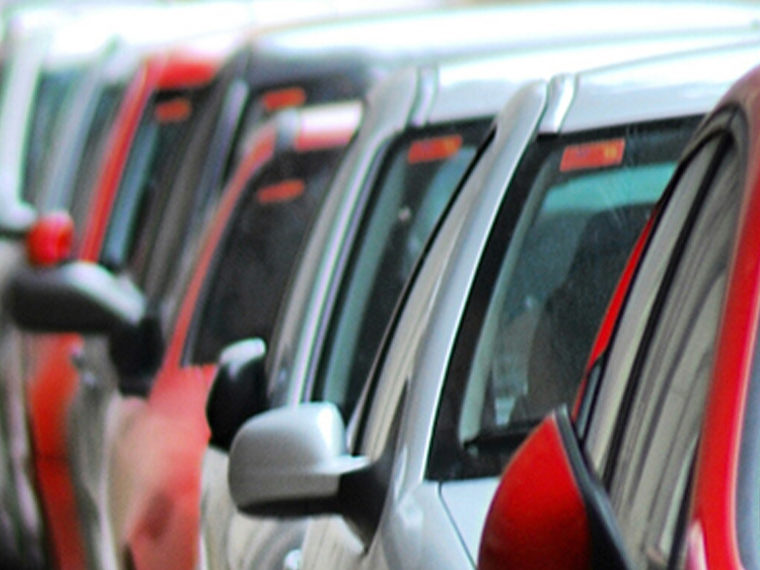
Uber-Like Services: Variable Driver-Company Revenue Split Improves Profit
A second lever, after “surge” pricing, adjusts the supply of drivers

Surge Pricing’s Benefits Go to a Subset of Ride-Hailing Drivers
Full-timers gain the least, part-time drivers the most

Sharing Economy Platforms: Who Gets the Value Created?
Airbnb hosts seem to prosper more than Uber drivers
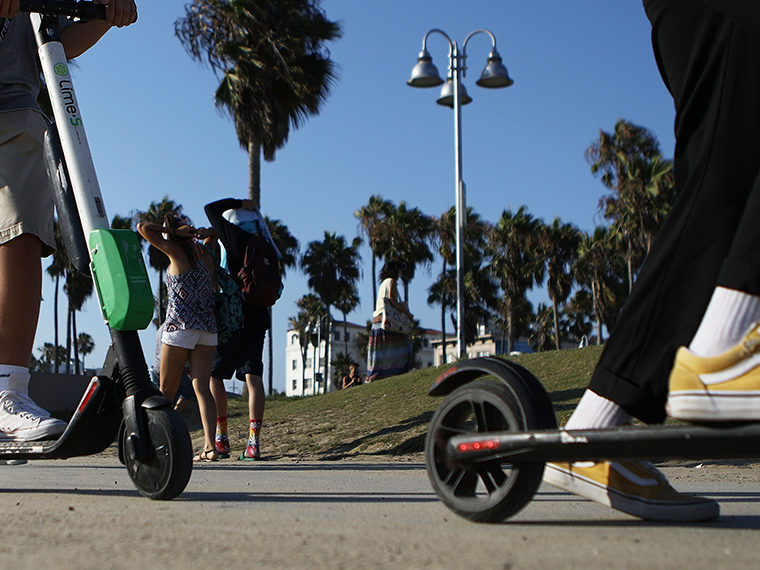
Scooter Recharging: Should Companies Offer Customers Carrot or Stick?
Operating costs decline when riders get free rentals for docking dying electric vehicles

Robotaxis Aren’t Sure Route to Ride-Hailing Profits
A model weighs vehicle cost and ownership to assess benefits to riders, drivers and companies
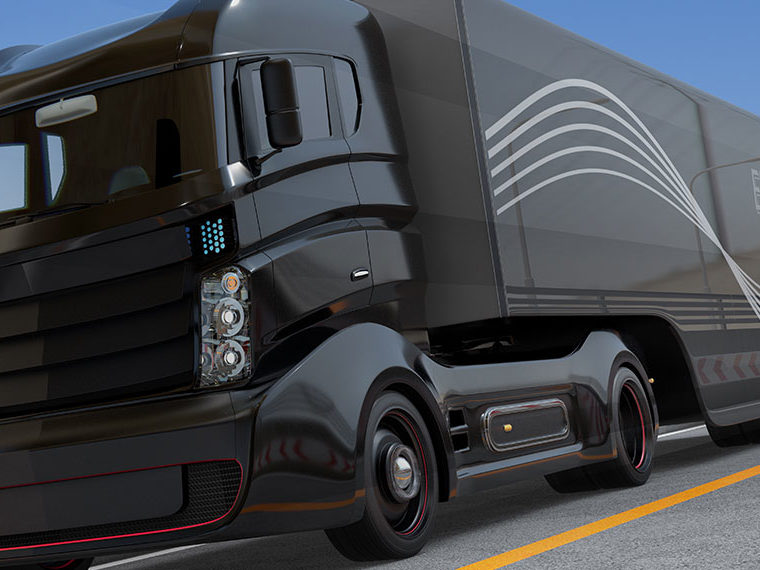
Rapid Change Is Coming to the Service Sector
Technology and “industrialization” are reshaping services as they did manufacturing
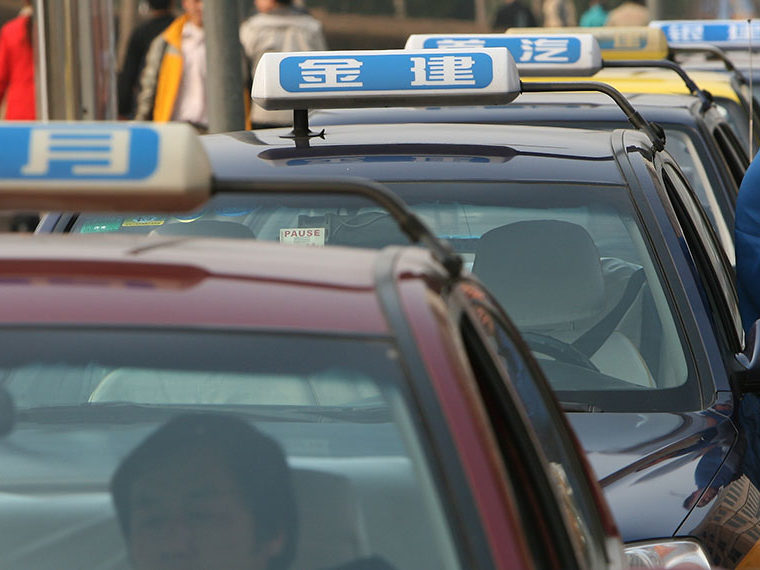
Not All Disruption Is Welcome: Reducing Fallout from Ride-Share Companies
Municipalities address increased traffic, pollution, taxi company bankruptcies and driver poverty

How Uber Could Avoid That Notorious $362.57 Fare
A mathematical model analyzes incentives underlying surge-pricing schemes

Beyond Uber: When Surge Pricing Makes Business Sense
Research seeks to predict how time-based price discrimination might spread
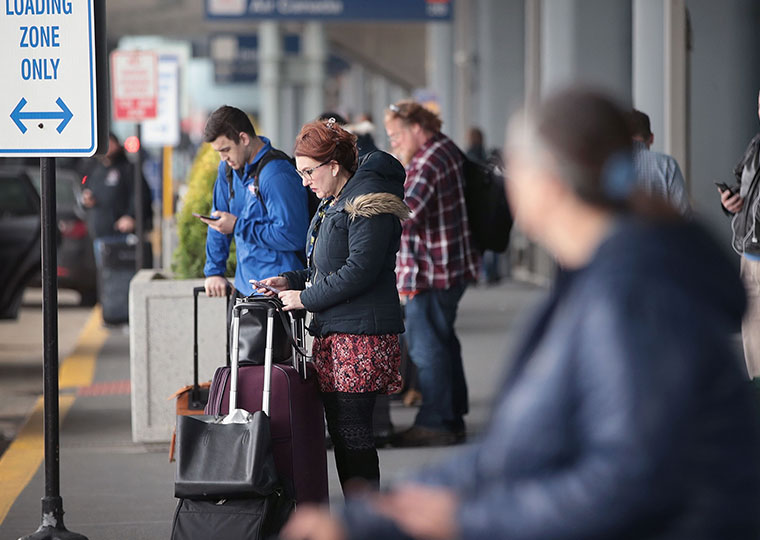
A Proposal to Improve Surge Pricing
Reduce fares in adjacent areas to draw more drivers to where demand is high
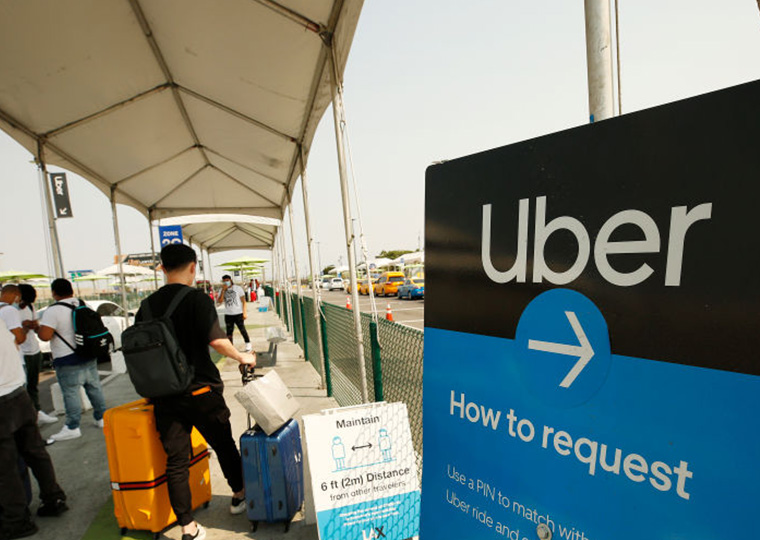
A Matching Mechanism to Reduce Uber/Lyft Customer Wait, Improve Revenue
Queuing models aren’t simple but offer big potential service improvements
